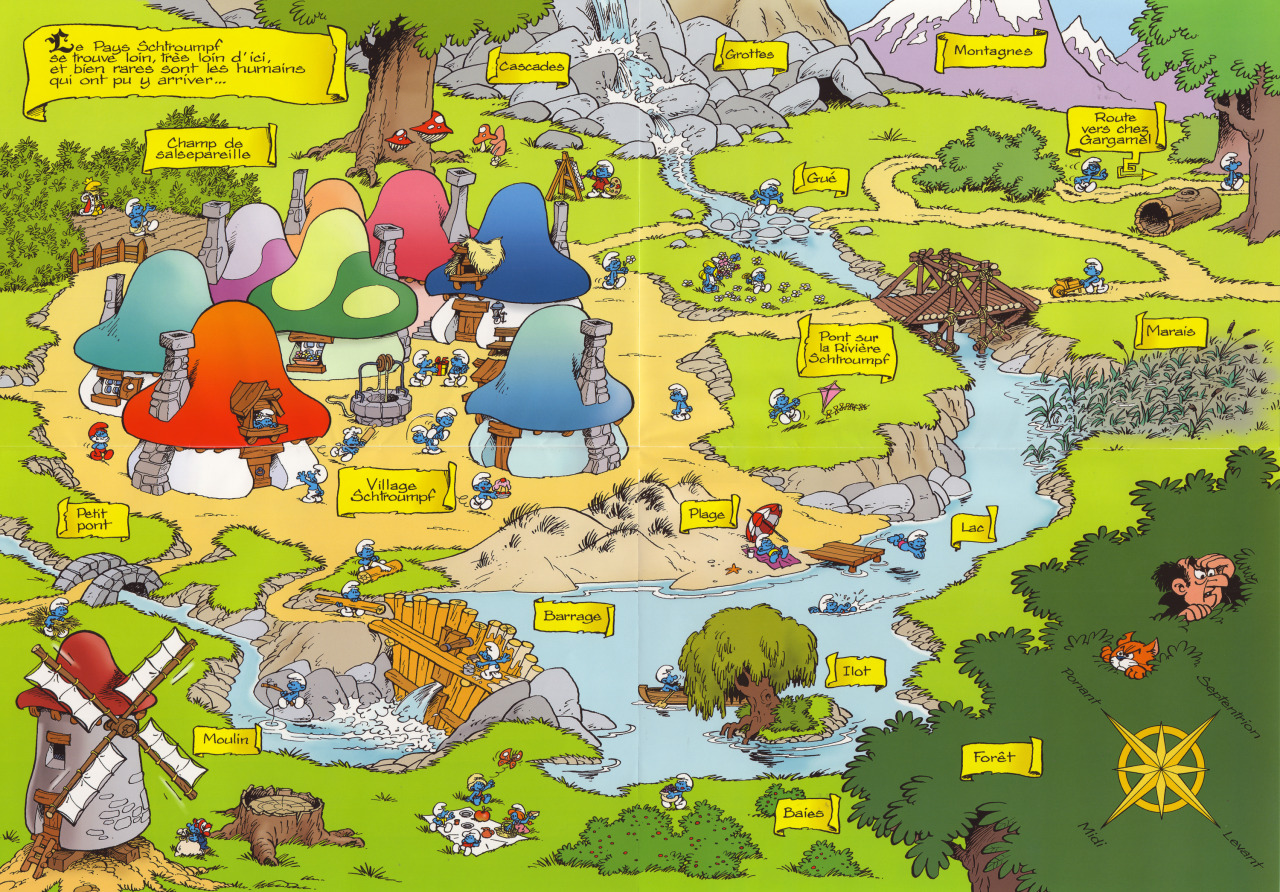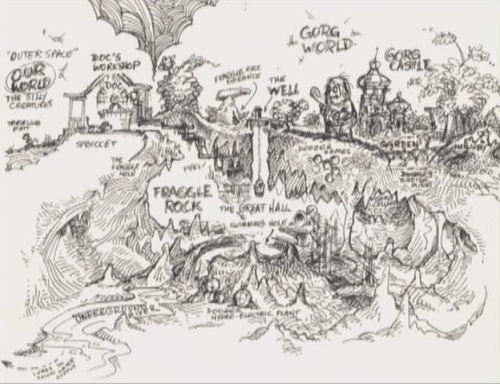This is a follow-up to this post.
The planets Mercury and Venus, being closer to the Sun where the Demiurge slumbers, move through aether closer in vibration to creation. The natives of these worlds, though they may appear human in form, are unaging and live in Edenic innocence, neither tainted by the sin of man's fall nor redeemed by the Savior's blood.
Mercury: The sun is too fierce upon this planet's surface, so that there is no vegetation, but the creative potency in the Sun's light inseminates the ground and generates myriad creatures, most of which soon die in the glare, but some crawl or hop or slither into shaded crater valleys where they may grow and reproduce.
The Emperor of Mercury, Helios XXIII, is one of the great rulers of the Cosmos and dwells in an opulent palace beneath a golden dome. At his ascension, as is the custom of the Mercurian monarchy, his human head was removed and replaced with a solar orb. His benevolent visage literally shines upon his subjects.
Courtiers must have servants apply light-repelling ointments, lest their pale skins be darkened by His Majesty’s effulgent glory.
Venus: Wet where Mercury is desert and as fecund as that other world is barren, Venus is covered by warm, shallow seas and dense, tropical forests. It's natives are women--or creatures in the semblance of women, They are seldom surpassed in all the Cosmos in beauty, if one can abide their inhumanly colorful skins and hair the texture of flower petals. They go almost entirely naked and chastity is not counted a virtue among them.
There is a ruler on Venus, recognized by Earthly and Mercurian powers, called the Doge, who is always from another world. This title may be held by a man or woman, but in either case, the floral and lovely native Venerians are the Doge's solicitous wives or concubines. The Doge's identity is always hidden behind an ornate mask of that durable Venerian fungal matter that resembles teak. The ruler scarcely wears any more clothing than the Venerian women, except for the notable exception of an impressive phallocrypt, also decorated and enlaided with gold, for public ceremonies.
A Doge only rules for a Venerian day, as measured by the fixed stars, which is hundreds of Earth days. At the end of that time, the Doge is taken by the Venerians into the forest and is seen no more.
3 hours ago















-(Digital-Empire)-013.jpg)







































